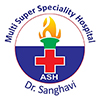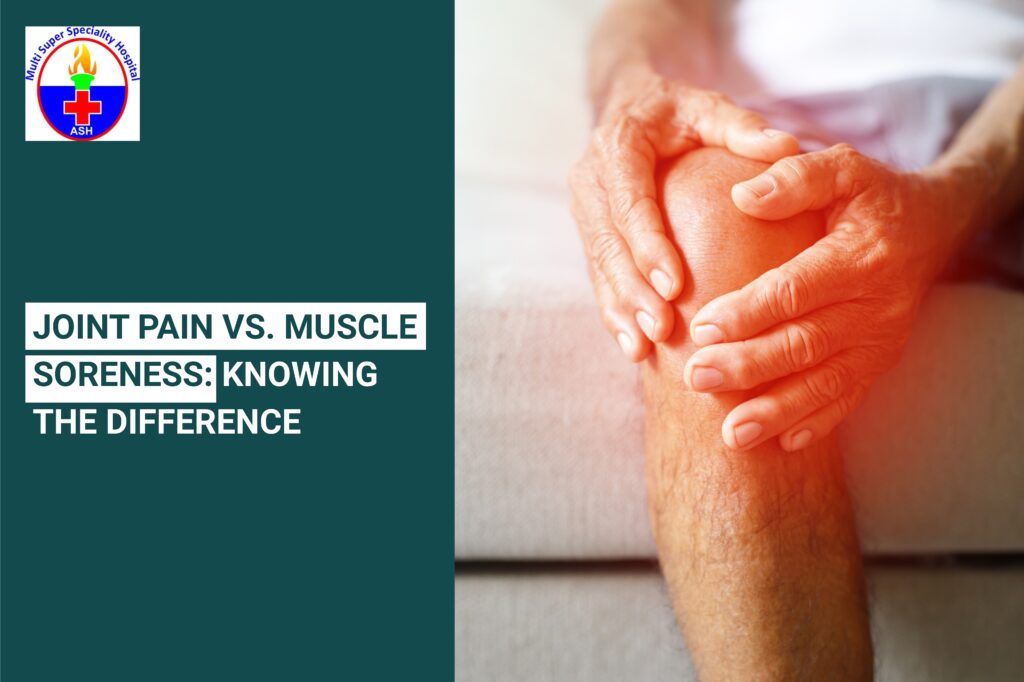Joint Pain vs. Muscle Soreness: Knowing the Difference
Join Pain vs. Muscle Soreness: Knowing the Difference It’s a common dilemma: is that ache a sign of overdoing it at the gym, or something more serious affecting your joints? Distinguishing between joint pain and muscle soreness is crucial for effective self-care and knowing when to seek professional medical attention. While both can cause discomfort and limit movement, their underlying causes, symptoms, and treatment approaches differ significantly. Understanding these nuances can help you make informed decisions about your health and ensure you get the right care, whether it’s rest and ice or a visit to an orthopedician nearby. The Nature of the Pain: Location and Sensation The most significant differentiator lies in the location of the pain. Muscle soreness, often referred to as Delayed Onset Muscle Soreness (DOMS), typically manifests in the belly of a muscle or a specific muscle group. Think about that burning sensation in your quadriceps after a challenging leg day, or the ache in your biceps after lifting weights. This pain is usually widespread across the affected muscle and tends to be dull, aching, or tender to the touch. It might feel worse when you contract or stretch the muscle. Joint pain, on the other hand, is localized directly within or around a joint. This means you’ll feel the discomfort at your knee, hip, shoulder, elbow, or any other articulation where two bones meet. The sensation can vary: it might be a sharp, throbbing, or grinding pain, particularly with movement. Joint pain can also be accompanied by a feeling of stiffness, especially after periods of inactivity, or a “giving way” sensation. Accompanying Symptoms: The Body’s Clues Beyond the primary sensation and location, other symptoms can provide valuable clues: Causes: Understanding the Source of Discomfort The origins of these two types of pain are fundamentally different: When to Seek Professional Help While mild muscle soreness usually resolves with rest, gentle stretching, and over-the-counter pain relievers within a few days, persistent or severe pain, especially joint pain, warrants a visit to an orthopedic specialist in Ahmedabad. Here are some red flags that indicate you should seek medical attention: For individuals experiencing chronic or severe joint pain, a consultation with a specialist is essential. An orthopedician nearby can accurately diagnose the root cause of your pain through physical examination, imaging tests like X-rays or MRI, and sometimes blood tests. They can then recommend appropriate treatment plans, which may include physical therapy, medication, injections, or in some cases, surgical interventions. Modern orthopedic care offers a spectrum of advanced treatments. For knee issues, a best knee doctor in Ahmedabad might suggest procedures like Arthroscopic Surgery for minimally invasive joint repair, or even advanced options like pixee knee replacement for severe arthritis. For hip pain, Hip Replacement Surgery in Ahmedabad is a common and highly effective solution for restoring mobility. If your pain stems from spinal issues, a specialist in Spine Surgery in Ahmedabad can offer comprehensive care for conditions ranging from disc herniations to spinal deformities. In conclusion, while both joint pain and muscle soreness can be uncomfortable, understanding their distinct characteristics is key to managing your musculoskeletal health. Pay attention to the location, sensation, and accompanying symptoms. When in doubt, or if your pain is persistent, severe, or accompanied by concerning signs, do not hesitate to consult a qualified orthopedic specialist in Ahmedabad to ensure accurate diagnosis and the most effective course of treatment.

